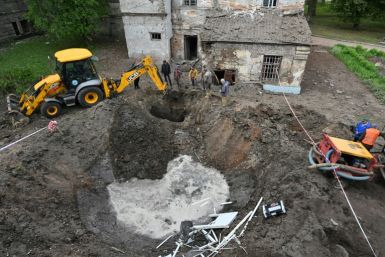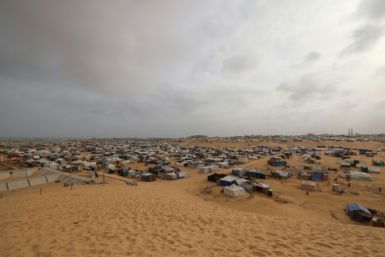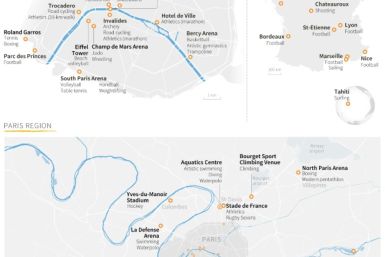Morocco to host world’s largest solar power plant by 2020
Morocco is set to have the world’s largest concentrated solar power plant at the edge of the Sahara desert to aid renewables generate electricity for nearly half of the country’s energy by 2020. The Ouarzazate city in Morocco is to host a complex of four linked solar mega-plants under the country’s ambitions to use its available deserts for global solar superpower.
The planned complex is expected to provide energy to a million homes with its capacity of generating 580 megawatts of electricity. The first phase of the project, called Noor 1, would open in November, which alone can generate 160 megawatts of electricity.
However, the solar technology of the mega-plants will be more expensive than the common photovoltaic panels used on roofs across the world, but it offers the benefit to produce power even at night. The Guardian reported that the full complex in the Ouarzazate city is hoped to export its energy to parts of Europe.
The solar energy project is the result of Morocco’s growing support for renewables and will cover one third of the supply of renewable energy in the country by 2020. The solar plants will provide power, along with wind and hydro plants.
In addition to the support for renewables, Morocco’s environment minister, Hakima el-Haite, said that there could be a similar impact from solar energy to the region comparable to the impact of oil production in the past century.
“We are very proud of this project. I think it is the most important solar plant in the world,” he told the Guardian.
The coming Noor 2 and 3 plants of the complex are set to launch in 2017. The two solar plants can store energy for up to eight hours, which would provide solar energy in the Sahara and surrounding regions 24/7
However, Project Director Rashid al-Bayad said that the complex is facing its biggest challenge of being finished on time, along with the performance level they needed to achieve. But Morocco is still aiming to internationally export the energy from the solar plants.
“We are already involved in high tension transportation lines to cover the full south of Morocco and Mauritania as a first step,” said Ahmed Baroudi, manager of the renewable energy investment firm Société d’Investissements Energétiques.
The Moroccan solar energy agency, Masen, believes that it’s possible to export the energy to Europe, according to spokeswoman Maha el-Kadiri. However, she noted that interconnectors are yet to be built for the goal to transfer energy internationally.
The Noor complex is funded by around US$9 billion by international institutions, including the European Investment Bank and World Bank. The Moroccan government guarantees also supported the project, and Morocco’s unelected ruler, King Mohammed VI, provided undisclosed energy subsidies, to prevent the cost from being transferred to energy consumers.
Contact the writer at feedback@ibtimes.com.au or tell us what you think below






